Definition
noun, plural: pathogenicities
The capability (of a pathogenic agent) to cause disease
Supplement
Pathogenicity pertains to the ability of a pathogenic agent to cause disease. Examples of pathogenic agents are infectious bacteria, viruses, prions, fungi, viroids, and parasites causing disease. Their capability to produce disease is associated with their characteristics they acquired during their effort to survive in their host. The host may be a particular animal, plant, fungal, or another microbial species.
A related term to pathogenicity is virulence, which refers to the degree of pathogenicity of a particular organism.
For instance, certain disease-causing microbes are capable of producing and releasing toxins, invading tissues, competing for nutrients and the ability to suppress the immune mechanism of their host. Microbial species that are pathogenic are those that cause diseases such as smallpox, mumps, measles, rubella, ebola, etc. For instance, the human immunodeficiency virus (HIV) that causes HIV infection and acquired immunodeficiency syndrome (AIDS) is capable of infecting cells in the human immune system, e.g. CD4+ T cells, macrophages, and dendritic cells. They are not only able to evade the immune response and mechanism of such cells. They are also capable of gaining entry into, proliferate, and kill these cells.
See also:
Dictionary > Pathogenicity
You will also like...
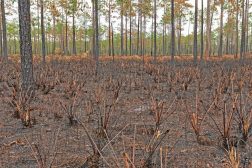
Ecosystem Succession
If the balance of nature is left untouched, landscapes can change dramatically over time. A previous ecosystem is supers..
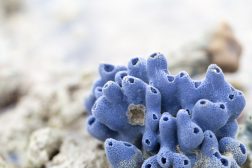
Primitive Animals
Life, as we know it today, is presumed to have started in the sea and many of them were likely eukaryotic animal-like or..
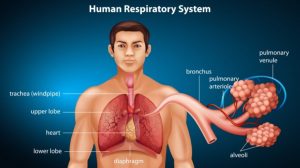
Respiration
The human respiratory system is an efficient system of inspiring and expiring respiratory gases. This tutorial provides ..
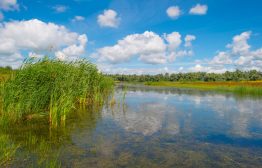
Still Freshwater & Plants
Plants in lentic habitats have features not found in terrestrial plants. They acquired these features as they adapt to t..
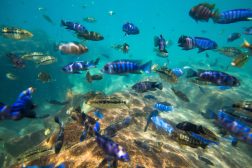
Still Water Animals
Animals living in aquatic habitats have diversified and evolved through time. They eventually occupy ecological niches a..
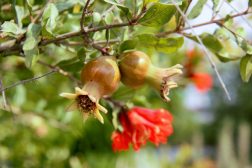
Fruits, Flowers, and Seeds
This tutorial deals with the structure and function of flowers, fruits, and seeds. Also included here are the types of f..

